Nurses hold the keys to the nation’s health.
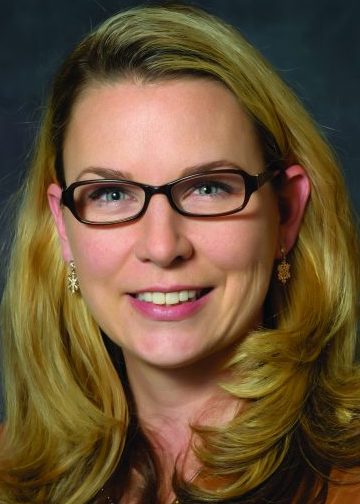

The foundation of better health for our country rests on a healthy nursing profession. In the nearly 3 years since the pandemic hit, nurses have been called on repeatedly to stitch together fragile systems while exhibiting stellar service and skills. This has taken a toll physically and emotionally and only exacerbated long-standing staffing challenges. Pre-pandemic ANA had been exploring solutions to this age-old problem as part of Partners for Nurse Staffing (Partners), a consortium of leading nursing, financial, and healthcare improvement organizations. In June 2022, the Partners’ Think Tank—with direct care nurses and others representing a broad range of specialties, practice settings, and subject matter experts—issued recommendations that organizations and individuals could implement in the short-term to effect meaningful, productive change (bit.ly/3OXhXxk). The Partners’ Task Force, also comprised of diverse, insightful stakeholders, including direct care nurses, will soon propose longer-term strategies that tackle deep, structural issues affecting staffing.
The Think Tank and Task Force outputs underscore the need for innovative solutions. Nurse staffing won’t improve simply through regulatory and legislative changes. We need to decommission structures and metrics built for legacy systems and empower nurses to pilot and prove new ways of accomplishing their staffing goals.
A healed profession leading to a healthier nation also depends on nursing better reflecting the diversity of our patients and ridding individual, systemic, and institutional racism. My next column will elaborate on ANA’s current and future efforts on these vital issues.
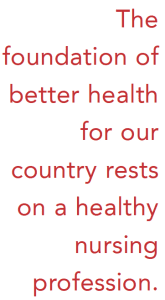

As the United States struggles with healthcare capacity issues, enabling advanced practice RNs (APRNs) to practice to the full scope of their authority and achieving payment parity will bolster much-needed primary care. Although inroads have been made federally, our constituent and state nurses associations (C/SNAs) continue heavy lifting on these matters. ANA plays an important role as a convener, helping C/SNAs identify and implement successful strategies and tactics. We all need to lean in on the evidence—APRNs provide safe and effective care—and consolidate public support, coming together with other organizations to do so.
Nurses also can improve the nation’s health by raising our profiles in media old and new. Our unique roles as care providers, educators, researchers, and leaders enable our messages to touch the public in ways those of other healthcare professionals can’t.
Nursing’s evolution for the betterment of the profession and our patients syncs tightly with advances in the science of nursing. This means more doctoral-level nurses available to develop and test theories, generate new knowledge, and apply evidence-informed practice. While we promote this kind of nursing scholarship, we also need to support nurses at all educational levels by creating more visible pathways and easing burdens for them to advance professionally. It’s equally important that we welcome back nurses who paused practicing during the pandemic. Their decisions to leave are perfectly understandable. They’re not lesser nurses as a result. Rekindling their passion and gaining from their perspective will benefit our profession.
I’ll be working closely with ANA Enterprise leadership and staff on these issues and many more. The possibility and power of engaging the nation’s RNs energizes and inspires us all.


Jennifer Mensik Kennedy,
PhD, MBA, RN, NEA-BC, FAAN, President,
American Nurses Association






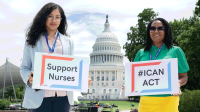





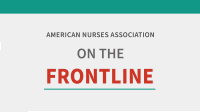

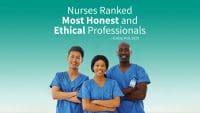





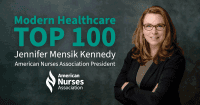
1 Comment. Leave new
Thank you for sharing your thoughts, Ms. Kennedy. The primary nursing care model is addressed as non-sustainable in Rose Sherman’s December editorial of Nurse Leader.
As a semi-retired RN I fondly recall the team nursing model that was successful in the 1970’s. We were leaders who could model and use the leadership education we worked hard to obtain in leading talented and dedicated support staff.
I strongly urge efforts to elevate the professional nurse with a team approach in the current environment. This will give meaningful work to our RNs and their support staff as well as model arespectable and exciting work that attracts future nurses in pursuit of growth and development for their professional futures.